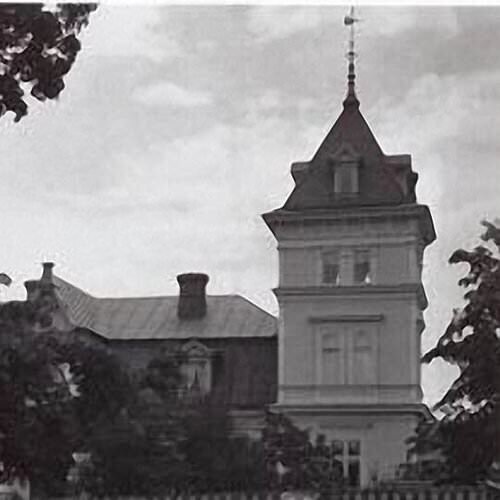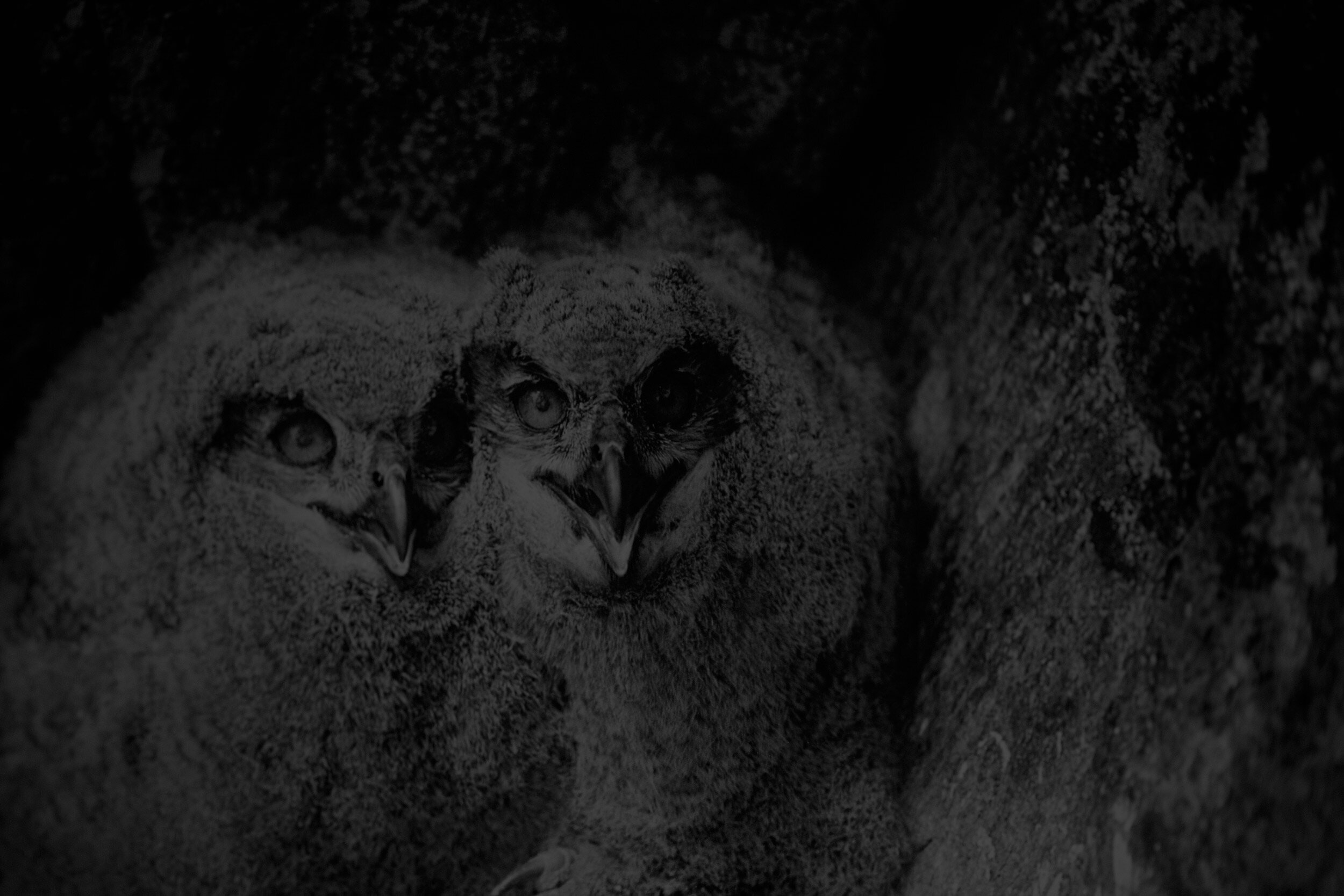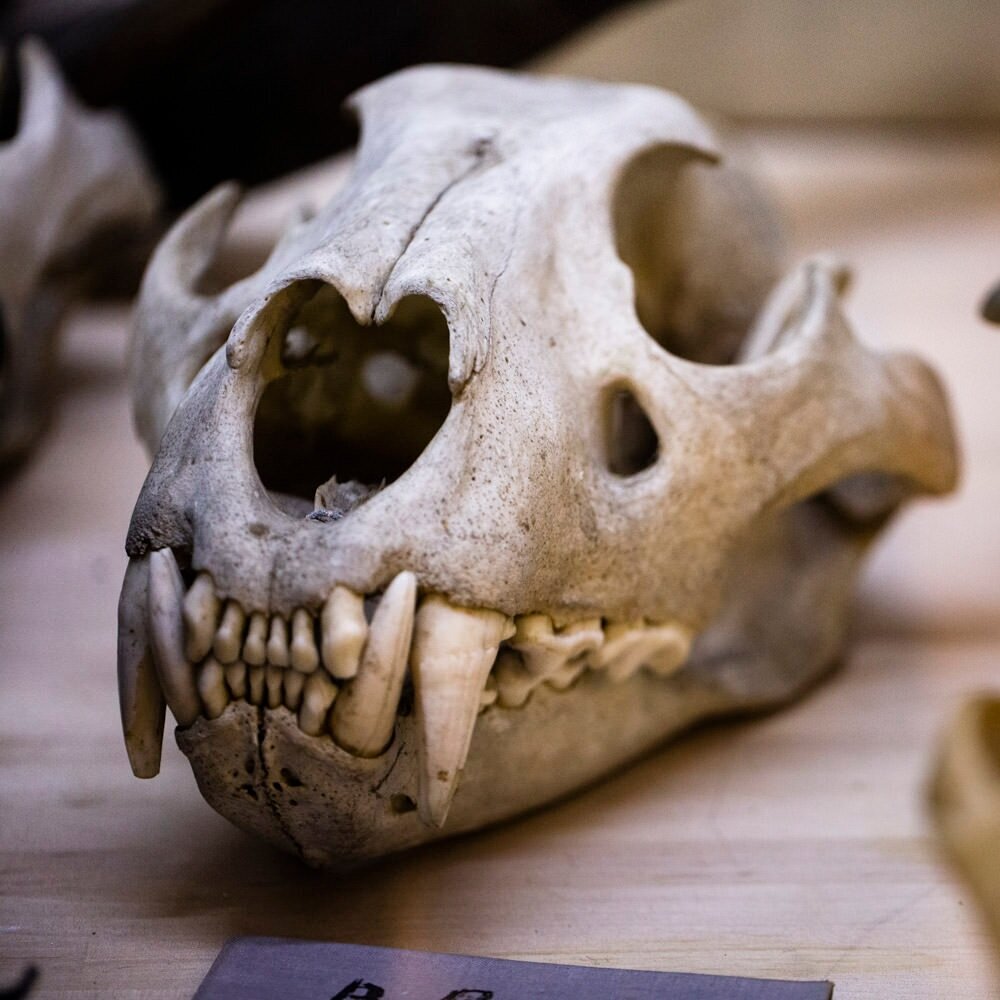
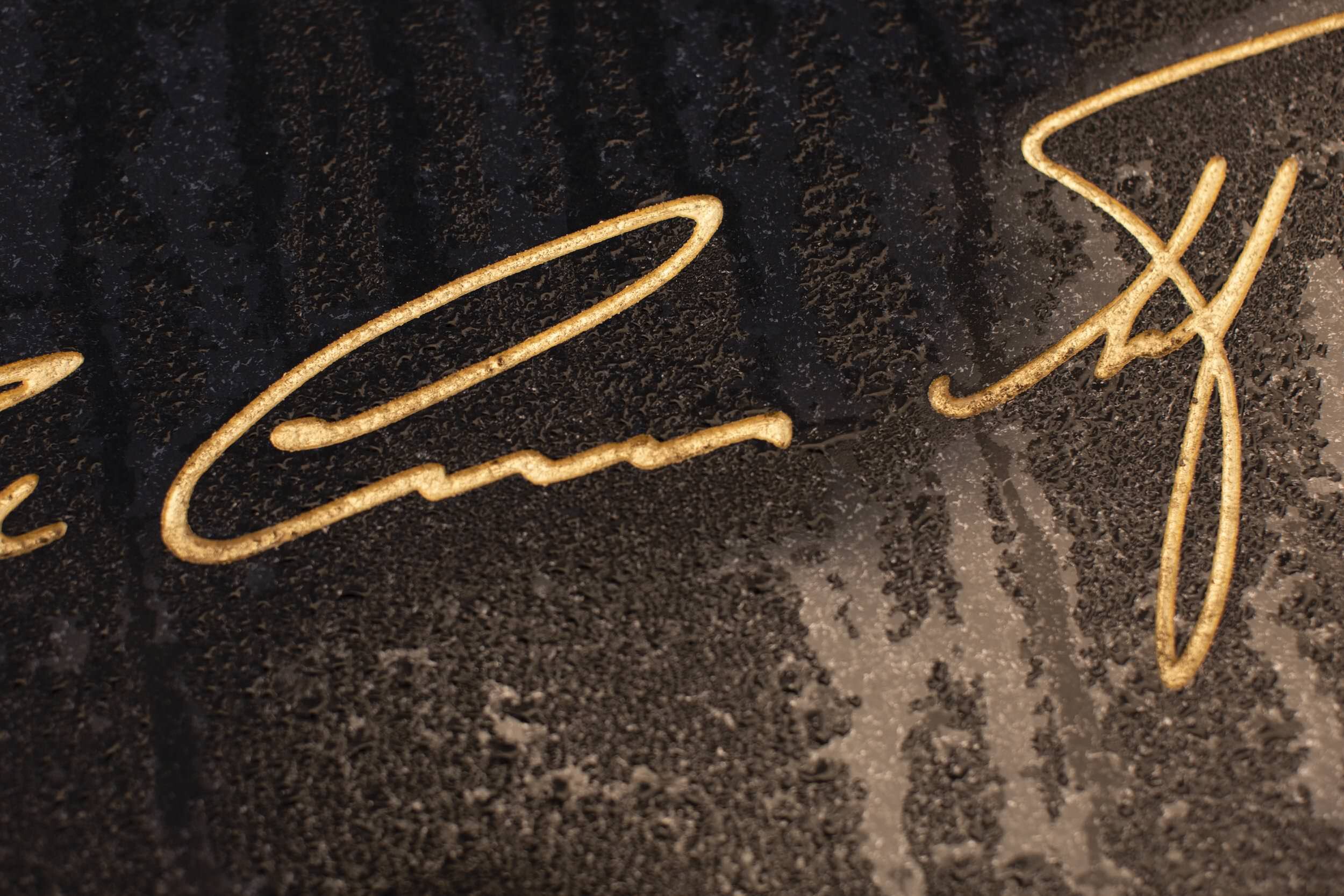
Map of Eriksberg, or Mara which the farm was named until 1781.
Baron Eric Ruuth named Eriksberg after himself.
The farmhouse at Eriksberg 1934.
Zoologist, author and nature photographer Bengt Berg.
From simple farm to unique meeting place
Join us on Eriksberg's exciting journey from the 17th century to today.
16th CENTURY
Commander Jonas Håkansson buys the farms in Mara
The farm has never been a family farm, like many of the big farms in the old days. There have been many different owners since 1658, then the farm was named Mahra Farm, the first owner was Jonas Håkansson. The family who owned the farm longest was the Wästfelt family. Anders Wästfelt bought the farm in 1693. During the time of the Wästfelt family, the farm was developed and earned the status of estate and manor. The farm was cultivated and several islands were bought, and it was during this time that the farm was at its biggest in terms of area. In 1705, Anders Wästfelt died and the eldest son Erik Wästfelt took over the farm. Eric Wästfelt died without a direct heir, and his brothers Captain Nils Wästfelt and Lieutenant Colonel Gustaf Wästfelt took over the farm. After the death of Gustav, Nils Wästfelt sold the farm in 1756 to the dean Jonas Wåhlin in Lund and the farm left the ownership of the Wästfelt family after more than 60 years.
17th CENTURY
Baron and Finance Minister Eric Ruuth renames the farm after himself
Count Eric Ruuth, known from the history of Gustaf III, bought the farm in 1775. He first worked as state secretary before he became finance minister to Gustaf III from 1786 to 1792. In 1781, Ruuth transferred the manor rights from his farm in the County of Savolax in Finland to Mahra Farm in Blekinge and changed its name to Eriksberg after himself. The manor farm was exempt from taxes. Count Eric Ruuth was involved in many trades. He started coal mining in Höganäs and cheese production, the Swiss way, at his castle Marsvinsholm in Skåne. Today, the cheese is called Marsvinsholms Herrgård.
1827
Carl Tage Mörner takes over through marriage
In 1827 Count Carl Tage Mörner bought the farm and the stone houses on the farm were built in the 1830s. The stone cutting business had just started at Eriksberg and, naturally, the builder made use of the skills of the stone cutters and the building material that was already on the property. The bays around Eriksberg had a large amount of reeds, and many of the houses at Eriksberg therefore have reed roofs. The biggest stone house used to be the old cowsheds with space to tie up 60 dairy cows. During his time, Carl Tage Mörner was innovative in cow husbandry. Previously, the animals had been fed through so-called sheltered feed troughs, which were baskets that hung on the walls. Mörner turned the cows around and built a feed trough in the centre to simplify feeding.
1979
The zoologist, author and nature photographer Bengt Berg enclosures Eriksberg
Bengt Berg was the internationally famous author, zoologist and nature photographer who bought Eriksberg in 1938. He started to enclose the area due to research projects, mostly of red deer. Bengt Berg saw the connections in the nature in a way few people do and is considered a pioneer when it comes to management of nature and wildlife. He is mostly famous in Sweden for succeeding in getting the sea eagle protected in 1924, but also for bringing the Canada goose to Sweden in the 1930’s. After the death of Bengt Berg, his son Iens Illum Berg continued the development of the estate and expansion of the enclosure, which was completed in 1979. Another expansion of the enclosure was done in 2015 which resulted in the present size of 925 hectare, leading it to be one of Europe’s largest wildlife enclosures.
1987–1996
Eriksberg opens to the public
Alexander Wendt owned Eriksberg between 1987 and 1996 and Stiftelsen Skogssällskapet until 2007. Since 2008 is Mellby Gård enterprise with founder Rune Andersson the owner of Eriksberg. The enterprise is purposefully continuing the work of developing nature and wildlife as well as the local biological diversity, in the same way the Berg family initiated.
2008–TODAY
Mellby Gård makes extensive investments
Today's owner Mellby Gård, has made an extensive investment in Eriksberg, including in hotels, restaurants and conference activities. Today, Eriksberg is a very exclusive and unique experience and meeting place. The idea is that all visitors should benefit from the efforts that have been made.

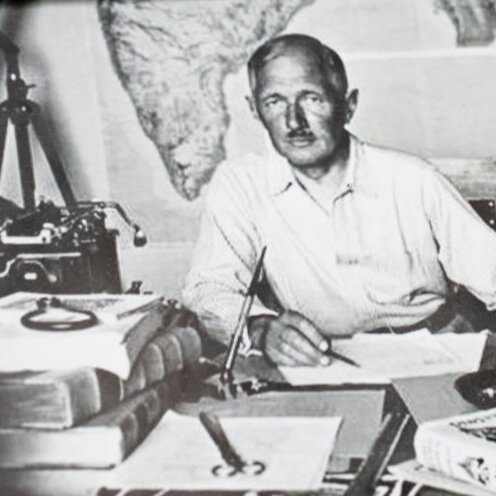

In 1938, the internationally famous author, zoologist and nature photographer Bengt Berg from Kalmar bought the farm. Despite not finishing school and failing Swedish and science, Bengt Berg became one of Sweden’s best-known authors and zoologists. Although Bengt Berg achieved world fame, many are still very reluctant to mention his name, and some prefer not to mention him at all. There were some less attractive sides to his complex personality.
He could be charming to those around him or completely disregard their feelings. People of a high or low standing – anyone could be subjected to a telling off by Bengt Berg in his coarsest Småland dialect. Bengt Berg had vision. He had seen enough proof of man’s reckless advances in nature, which is why he loved nature and animals more than people.
He knew an amazing amount about the wild. He saw the connections in nature in a way that few do.
Bengt Berg may be best known for having the sea eagle and golden eagle protected by law in 1924 and for introducing the Canada goose in the 1930s.
He pursued a lively debate on the status of the red deer, and wanted to breed a good strain of them. For his work, he needed a bigger property, and Eriksberg was for sale. Bengt’s wife Inger Illum wanted to move closer to her native country of Denmark, so he bought ‘the cairn’ for his wife in 1938 with the words ‘It is your funeral and your Siberia.’
At Eriksberg, the bedrock was rich, in places, in lime and phosphorus: important elements for the red deer’s antlers.
A quote by Bengt Berg: ‘They offered us a deforested property in one of Blekinge’s worst stone-cutting districts, but you could learn from viewing yet another impossibility, so I took the stone-cutters’ road here. Twisted houses from Blekinge’s Stone Age lined the road. On the farm between the old, reed-covered stone barns was a ramshackle house with a tower from one of the stone-cutting masters.
‘No able farmer could make a profit from these scattered fields, some of which were up to four km from the farm, across steep stony slopes in different directions. More than 20 families in their own tumbledown houses also remained from the time of the stone cutters. They were spread around the outlying lands. Some were crofters for whom there was no work on the farm and who had to be bought off so they could move to better places of work. The local papers complained that I had depopulated the property. What didn’t they moan about?
‘Good heavens – in less backward areas, these kinds of properties would have long since depopulated themselves.’
Bengt Berg has often been accused of throwing out the crofters from Eriksberg, but he bought off their houses, often at more than they were worth.
After he had bought off the crofters, most of the crofts also disappeared. He then began to build enclosures. The first one was ready in 1943. Since then, the wild animals have reigned at Eriksberg. All operations are based on the animals and the enclosures values.
Bengt Berg must have been aware of the weaknesses of his complex personality, as before his death he left this plea: ‘Don’t judge me for the way I have been but for what I have done.’
On 31 July 1967, Bengt Berg died at the age of 82. A long, competent, powerful and creative life came to an end. Bengt Berg was one of the few Swedes to have an obituary in The Times.
After Bengt Berg’s death, his son Iens Illum Berg took over the farm and the animals. He made sure that the large enclosure was completed in 1979. In 2015 the enclosure expanded further and now covers approx 915 hectares which is one of the largest game enclosures in Northern Europe and the biggest safari park in Scandinavia. One hectare is 10,000 square metres.
Search & Book Packages & rooms




